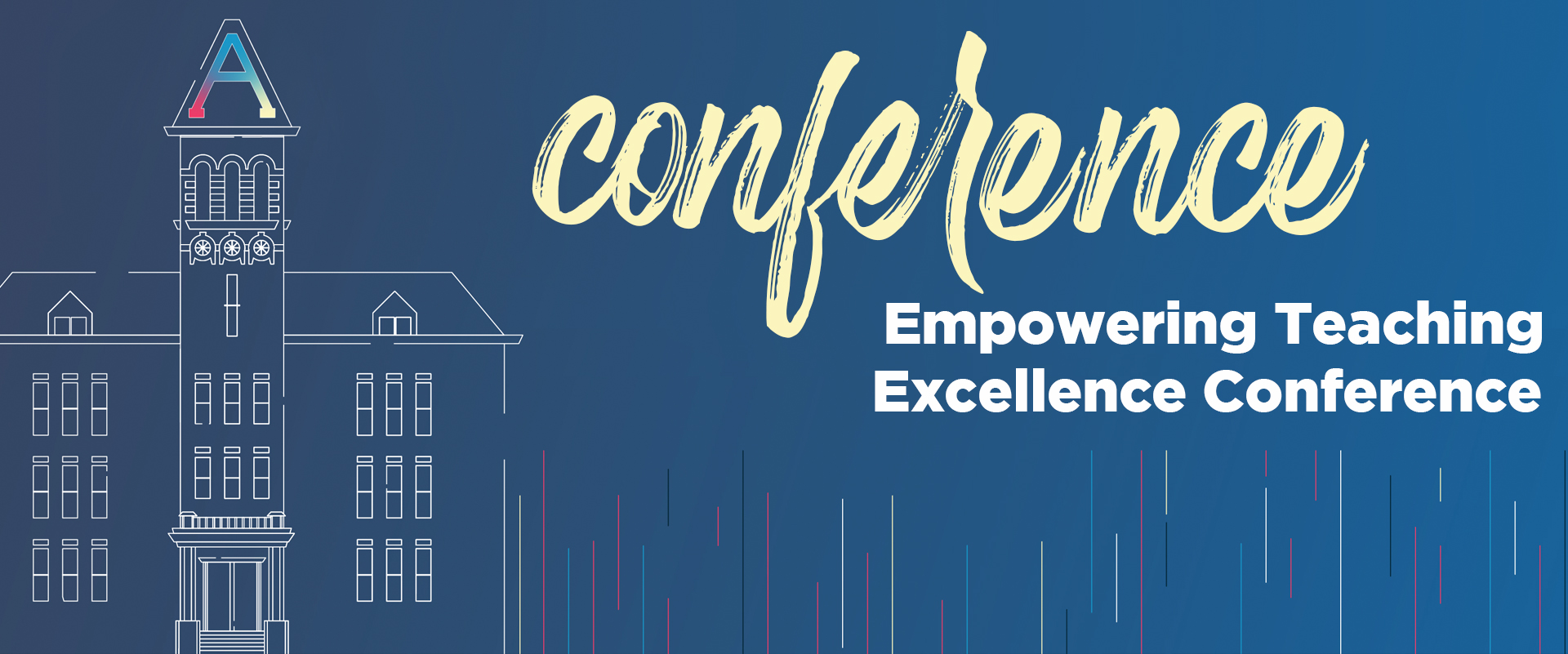Generative AI Tools in Education: A Survey of Educators' Attitudes
Loading...
Start Date
8-16-2023 11:00 AM
Description
The rapid advancement of artificial intelligence (AI) and the expanding integration of large language models (LLMs) have ignited a debate about their application in education. This study delves into teachers' experiences and attitudes toward AI language models, filling a gap in the literature by meticulously analyzing educators' perspectives on AI's role in the classroom and its potential impacts on teaching and learning. The objective of this research is to investigate the level of awareness, overall sentiment towards adoption, and the factors influencing these attitudes for LLMs and generative AI-based tools in education. Data was collected through a survey using a Likert scale, which was further complemented by follow-up interviews to gain a more nuanced understanding of the teachers' viewpoints. The collected data was processed using suitable statistical and thematic analysis techniques. Our findings reveal that educators at USU are predominantly aware and generally positive towards these tools. They also express both significant concerns and enthusiasm about the future, which are further explored in the study.
Creative Commons License

This work is licensed under a Creative Commons Attribution 4.0 License.
- Captions File
Generative AI Tools in Education: A Survey of Educators' Attitudes
The rapid advancement of artificial intelligence (AI) and the expanding integration of large language models (LLMs) have ignited a debate about their application in education. This study delves into teachers' experiences and attitudes toward AI language models, filling a gap in the literature by meticulously analyzing educators' perspectives on AI's role in the classroom and its potential impacts on teaching and learning. The objective of this research is to investigate the level of awareness, overall sentiment towards adoption, and the factors influencing these attitudes for LLMs and generative AI-based tools in education. Data was collected through a survey using a Likert scale, which was further complemented by follow-up interviews to gain a more nuanced understanding of the teachers' viewpoints. The collected data was processed using suitable statistical and thematic analysis techniques. Our findings reveal that educators at USU are predominantly aware and generally positive towards these tools. They also express both significant concerns and enthusiasm about the future, which are further explored in the study.


